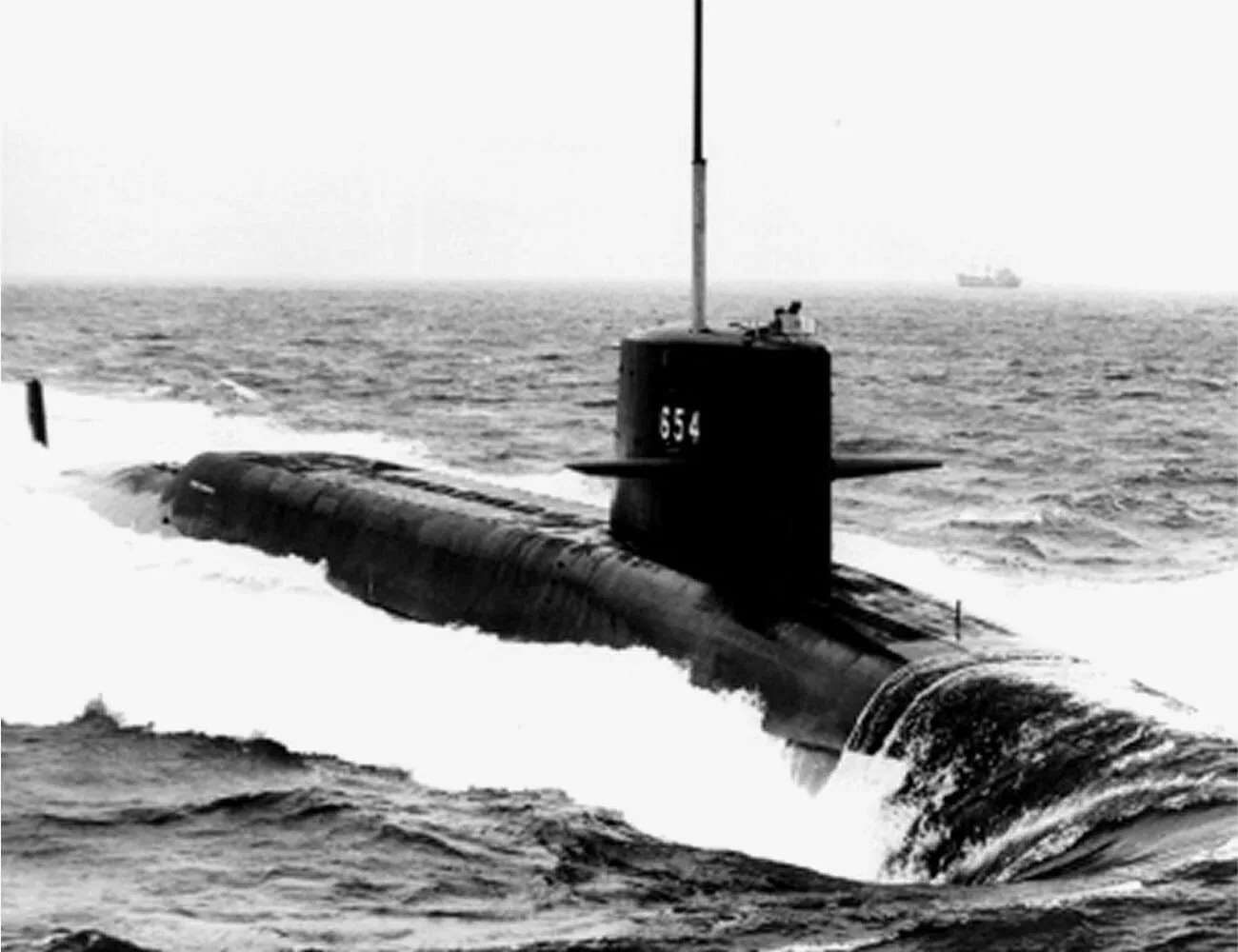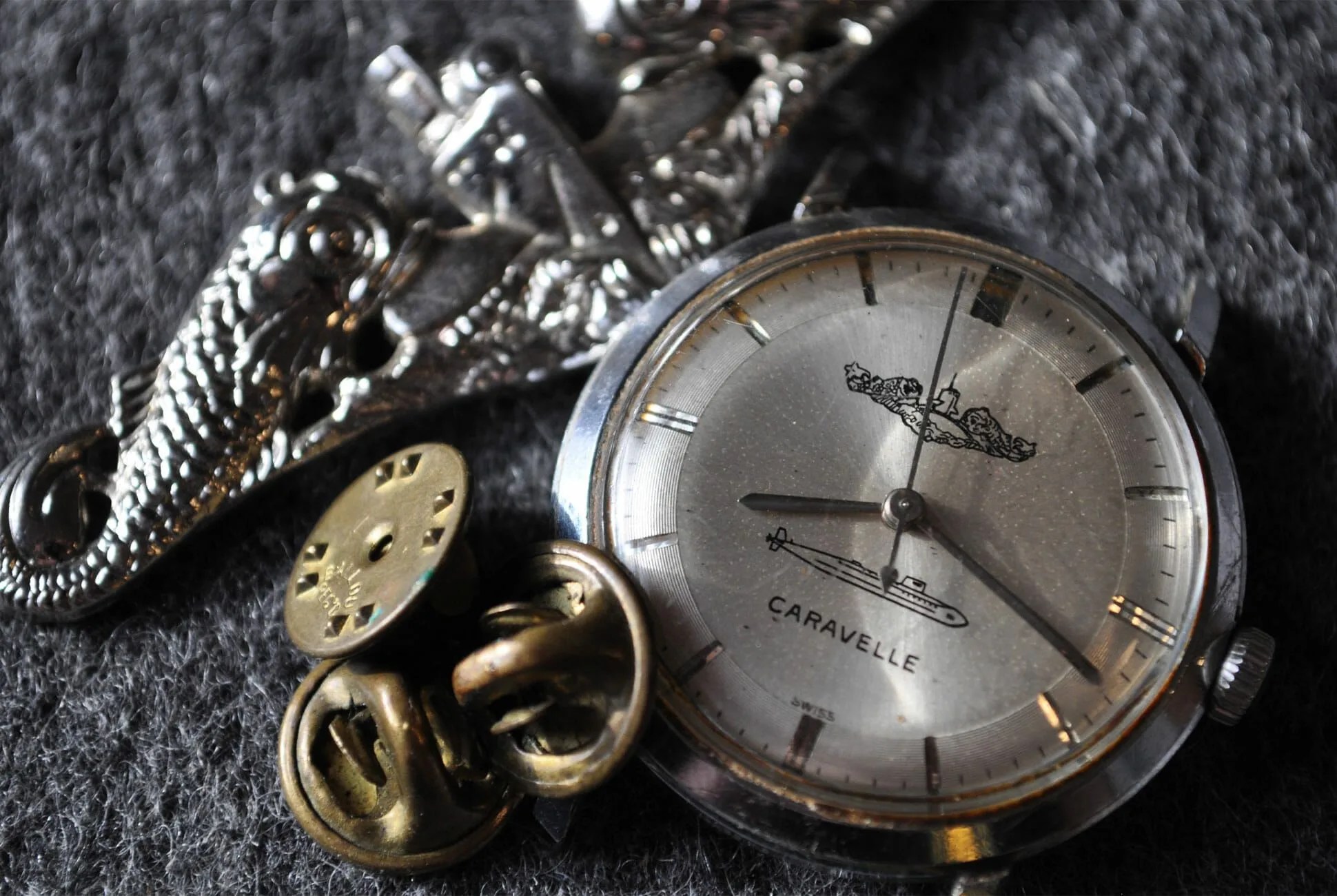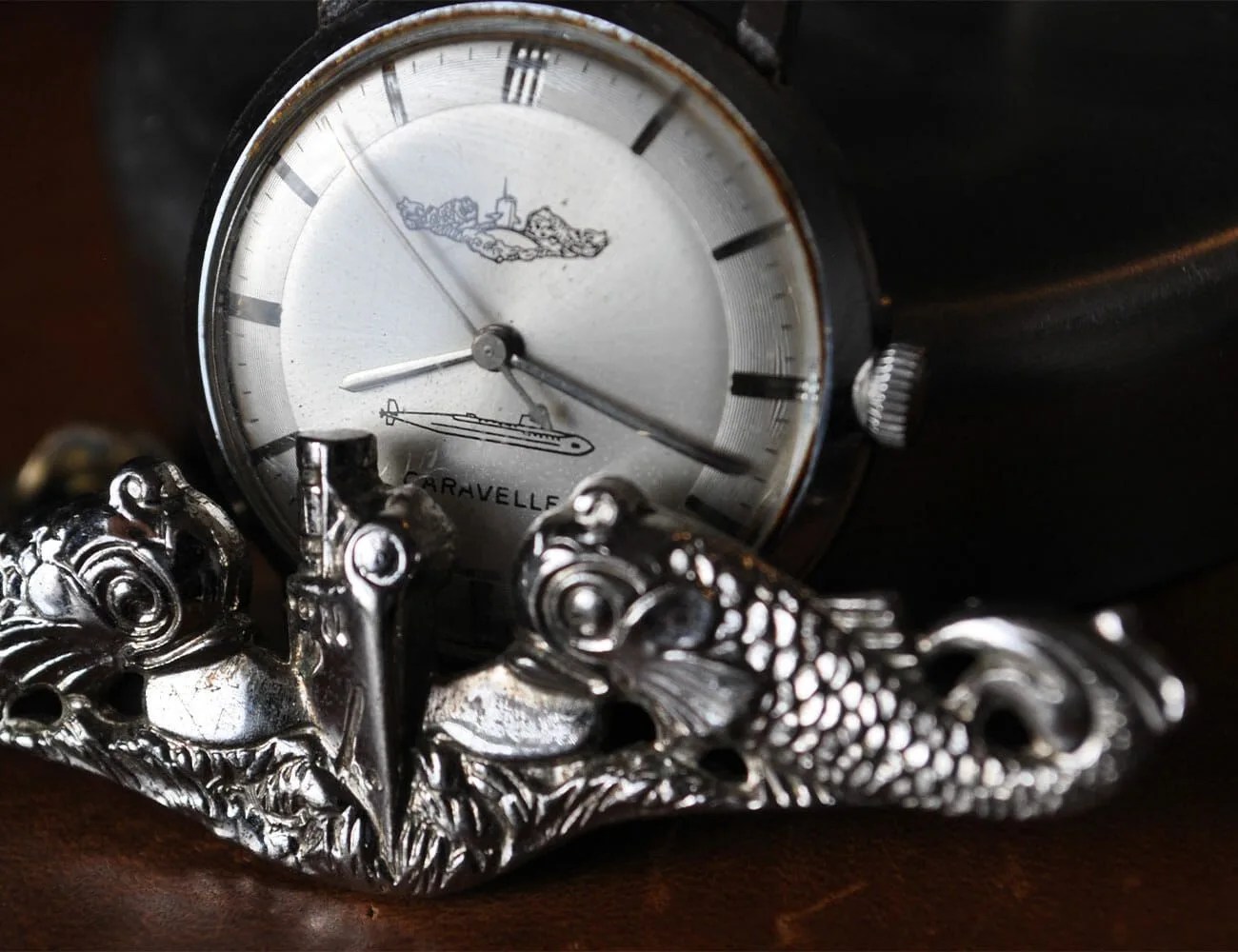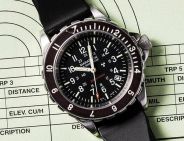For many, myself included, there is an inherent fascination with modes of transportation. From airplanes to automobiles, machinery designed to navigate land, air, and sea generates a certain intangible allure. Nothing revs up the imagination more than the vehicles built for the most unrelenting environments, be it space travel, military operations, mountaineering, or ocean exploration.
Although watches often accompanied daring individuals on these adventures, more often than not this provenance is lost to time. Occasionally, the watch world gets lucky with a case back inscription or historical photograph shedding some light upon a hidden past. In the case of an unassuming Caravelle watch, a clue to the history was printed right on the dial.
The Caravelle brand, introduced in the early 1960’s by Bulova Watch Company, represented a price-conscious option for the general public. Typical of the time period, this chrome-plated case measures a mere 34 millimeters in diameter. Though the basic seven-jewel movement has been overwound and the acrylic crystal bears the scars of time, the watch was clearly cared for and remains in admirable condition despite its half-century of existence.

Although unremarkable in most regards, it’s the watch’s dial that serves as a point of intrigue. Just below twelve o’clock is the Silent Service insignia depicting an O-class submarine between two stylized dolphins, while opposite this emblem is an illustration of a Polaris submarine — two not-so-subtle hints about where this watch came from.
While serving in the United States Navy from 1964 through 1974, Walter Schaub became submarine-qualified aboard the USS Menhaden (SS 377) in 1965. He described the seven-month submarine qualification process as grueling, requiring knowledge of all electrical systems, valves, and operations before being subjected to examination by a Chief’s Board. After proudly besting the gauntlet of submariner qualification, he was assigned to the USS George C. Marshall (SSBN-654) out of Holy Loch, Scotland.



